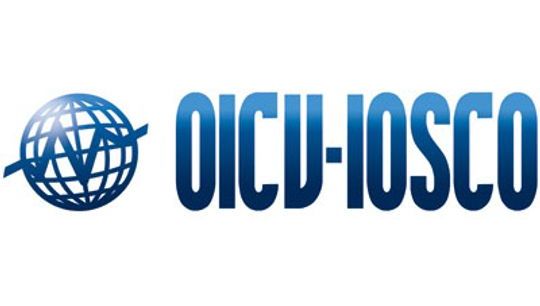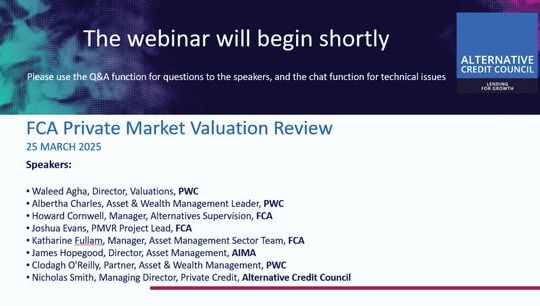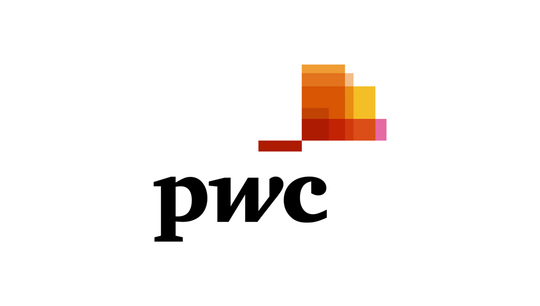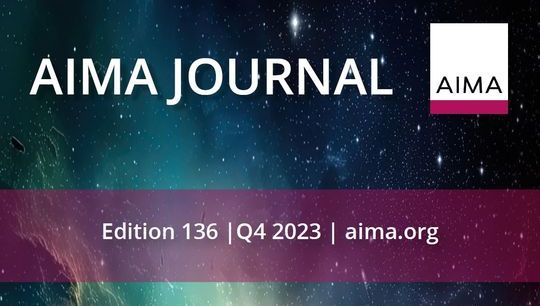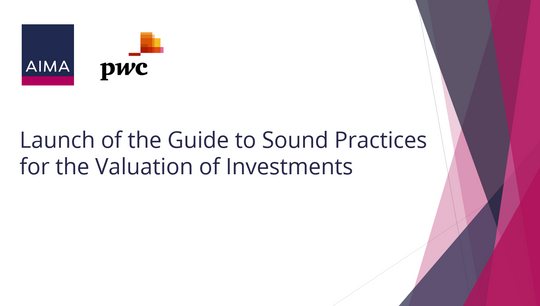Public vs Private Markets – A Shifting Equilibrium
Published: 08 July 2025
At its recent meeting, the AIMA Global Investor Board explored whether the slowdown in IPOs signals a structural decline in public markets or a broader recalibration of capital formation. The discussion reflected a growing consensus that private markets now dominate the value creation phase, with exits increasingly dependent on secondaries and sponsor-to-sponsor deals. Some questioned whether public markets still serve as viable exit routes, citing persistent IPO discounts and its value over the long term. Others argued that these dynamics reflect cyclical pressures, not a permanent shift. Given the growing percentage of passive management in public markets, the declining number of active managers tend to cause more volatility (short-termism), in contrast to the active manager in the private markets, who are long-term focused.
The board were divided in their view as to whether to increase private market allocations in today’s liquidity-constrained environment. While several investors are slowing down their pace of commitment, confidence in the potential for long-term alpha in private markets remains intact. The board also debated the role of evergreen structures and the risks of democratising private market investing for the retail investor.
Consensus was not reached, but most agreed that while neither market is broken, each demands new approaches to access, liquidity and value extraction in a more complex investment landscape.

